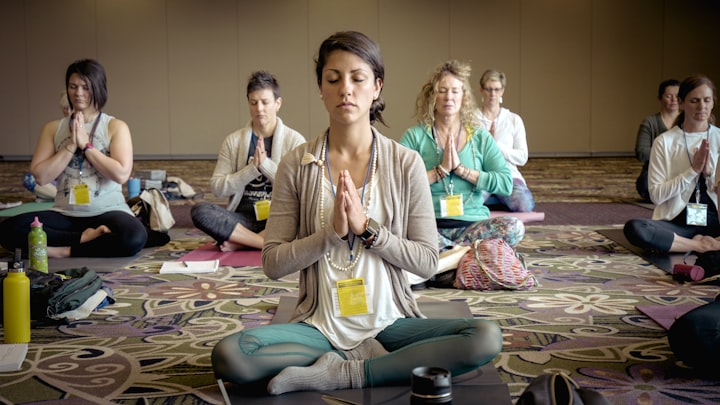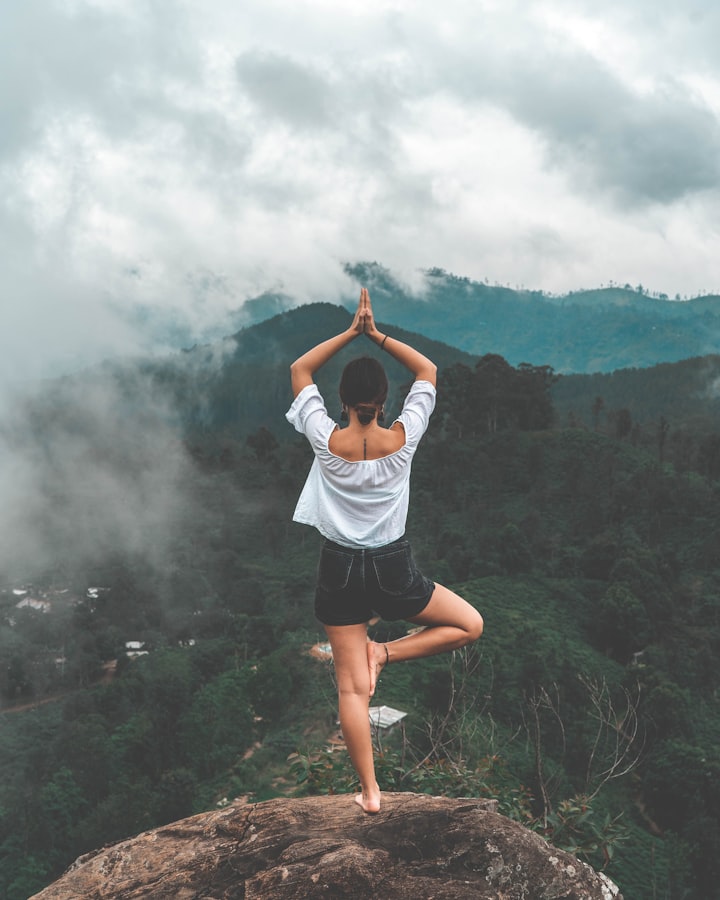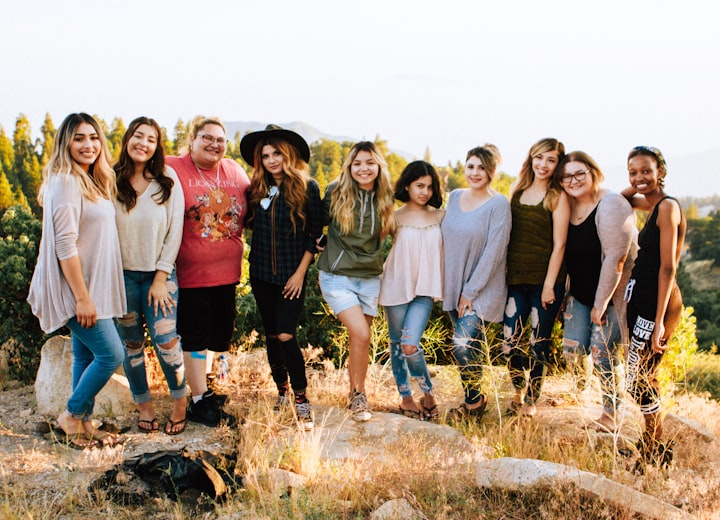Role of Music In Yoga
Can music boost your Yoga? Let's know!

Many yogis familiar with the beat of mantras such as 'Om' and 'Loka Samastha Sukhino Bhavanthu' are often used to open and close yoga teachings. Mantras and yoga have a long and interconnected history. But do you use music without yantras during yoga? However, not everyone agrees. Some people think that this is very disorganized or that it has been removed from traditional yoga. I want to argue that this can add something to your learning, to you and your students, because there is no need to be content with peace of mind.
Peace of mind
Yoga is traditionally a spiritual practice in which silence may seem appropriate. However, yoga is about inner peace or inner peace. Patanjali (one of the founding fathers of yoga philosophy) has described yoga as "Yoga's vicious occupation." Translated from Sanskrit, this means that yoga is left to the mind. According to this technology, yoga reduces flexibility. The rest is a mentality that allows you to see life without interrupting thoughts or judgments. When the mind is crying, you are also called turning inward or coming home to you and your body. As many students tell me, this is precisely what yoga brings to you, and me, it is no different. Practicing yoga helps me to break things down, turn inwards, and become world-class and connected. And this is something that helps with music.
Music contributes to this internal transformation. It helps you get into the physical and mental flow. So in this sense, using music certainly does not hinder yoga culture. Playing music to support your flow and understanding is different when you write Patanjali Yoga Sutras for centuries in BC. However, we cannot deny how much the world has changed and how we have practiced yoga ever since. The time has come to raise our awareness of what 'yoga is.'
Watching music helps me find my inner peace and flow during yoga practice. Of course, this is different for everyone, but if you are easily distracted with music, it is better to mute background sounds. For some, music works better than verbal cues. And sometimes, it is music that excites us and brings you memories or sensations that you do not know, or that hurt you — the physical and mental movement through the rhythm of the music that our minds cannot.
Get into the flow
Scientific researchers are trying to understand the many effects that music has on our minds and bodies. Most researchers focus on the impact of music on our health and well-being, and especially on the use of music during physical exercise. Music can improve your mood, make you feel like you have to put a little effort into doing something, and boost your performance. It helps to keep you in a state of motion and allows you to shift your focus from feelings of exhaustion.
Studies show that people naturally respond to contracts by adopting their movements and tempo. Yoga is not a Zumba class with fun-related songs, but the soft (thematic) music that appears can also have beautiful effects. Music used in any form of exercise encourages people to work harder and longer. In other words, playing music during your yoga session will help you flow more smoothly and give you extra motivation to do so completely.
Music: Distraction or not?
It is essential to have a proper playlist. Fast, upbeat music, heavy piano recitals, or lyrics may not work for everyone. So start choosing music that will deepen, inspire, and guide your practice. As the famous yoga teacher David Lurie used to say, "Music is like a riverbank, and your ashes are led by many bends and bends along the river." How can you use music during your practice? Let it guide your movements. And of course, enjoy, flow!
What kind of yoga you practice can make a big difference in the course. Vinyasa Although you can use the dynamic music that flows, it requires a different - less proactive - approach because the Hatha is more stable. With yin/yang yoga classes, using a playlist to emphasize the yin/yang elements works well. Generally speaking, fast, lively music has a more energizing effect, while slower, softer music has a more soothing effect. You can use this to your advantage to create and strengthen the structure of your learning.
Warm-up (a slow build-up of soft contact)
Surya Prayers (more powerful, flowing music)
Short rest (peaceful music)
Working towards Savasana (calm music)
Savasana (soothing music that distracts you)
You can change and customize it to suit your learning. Be sure to use engaging and flowing music for more active parts of your practice and mellow music that brings concentration and relaxation to tranquil parts of your practice, such as balancing postures.
The best way to get started is to create a simple playlist to use during yoga and select a specific song to play during a certain range of asanas, meditation, or yoga sleep. For example, for my home practice, I often use sun salutations during sun salutations. I always use a version of Kai Franz (listen to it here or stream it via Spotify Kai Franz - Surya Namaskar). It helps me to go if I need some inspiration. Before you know it, you have done 12 rounds of sun salutations because it gives you more rhythm and steady pace as you flow with the music. And it doesn't seem like an effort.






Comments
There are no comments for this story
Be the first to respond and start the conversation.